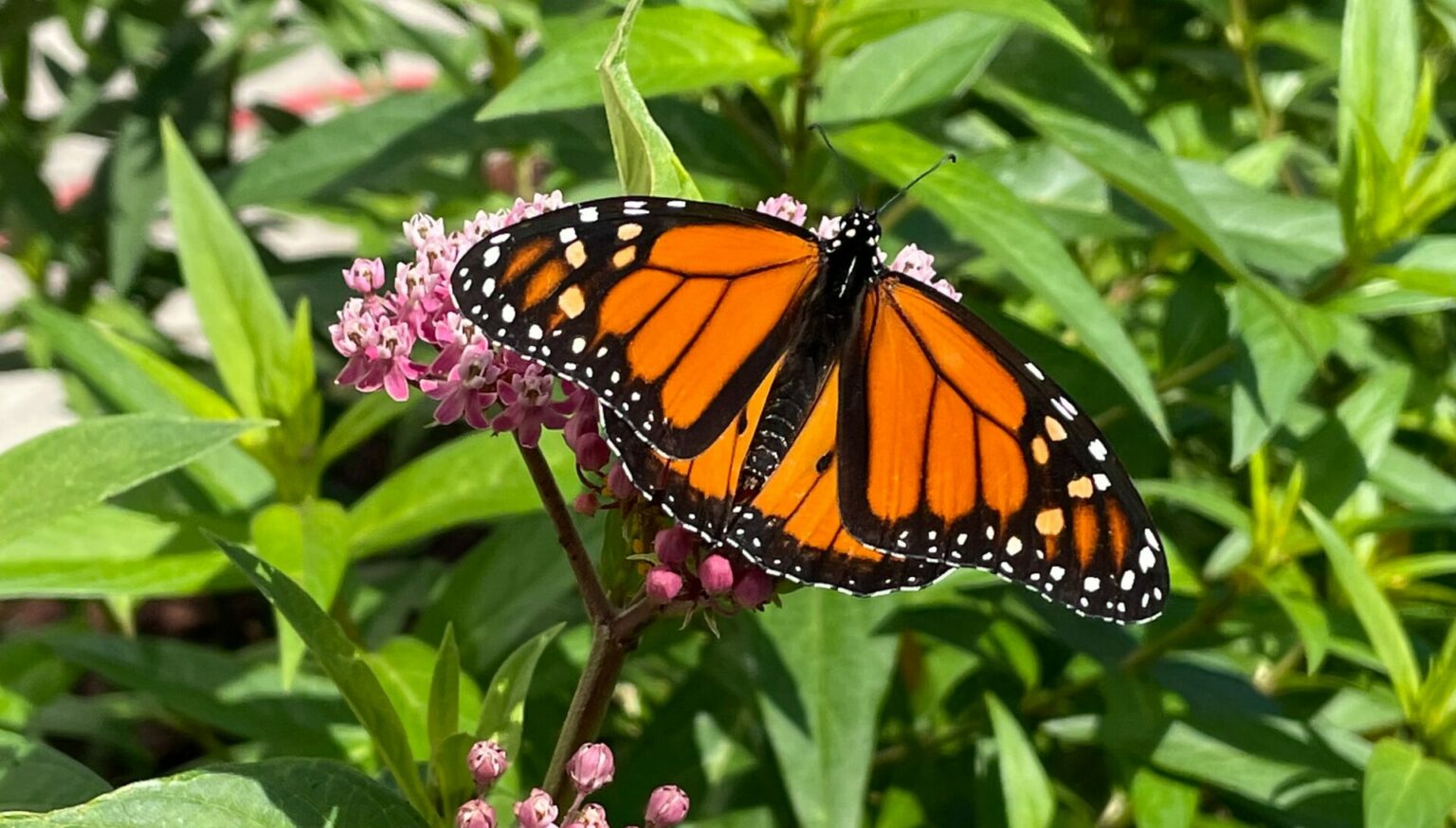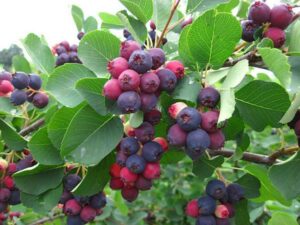Bees, butterflies, hummingbirds, beetles, flies and bats — these are some of the animals making pollination happen along the living, green corridor that is the Bloomingdale Trail.
But what exactly does pollination mean? Simply defined, pollination is the transfer of pollen, a fine yellow or white substance, from the male to female flower parts on a plant.
Pollination is extremely important to many layers of life on our planet. More than 150 of our common food crops (from apples to zucchini and almonds to watermelon) rely on pollinators to move pollen among the flowers. This transfer of pollen facilitates fertilization, which ultimately results in the development of fruits and seeds.
Pollination isn’t just about food for people, and it doesn’t just happen on the Bloomingdale Trail. All over the world it ensures the continued existence of millions of species of plants and all the species that rely on them.
Most pollinators are quiet and small and they could easily be taken for granted, but they are key players in a process that’s essential to life on earth. Providing habitats for our pollinators is important to the web of life — and the Bloomingdale Trail is part of this delicate and beautiful cycle.
This Month’s Featured Pollinator: The Monarch Butterfly
An important symbiotic relationship exists between Monarch butterflies and native Milkweed plants, which grow on the Bloomingdale Trail. The graceful orange, black and white monarch butterflies enjoy the nectar from the Milkweed flowers and help to pollinate the plants.
The successful pollination allows the milkweed to thrive and provide both food and a “nursery” for future monarchs, with the females laying their eggs (larvae) on the undersides of the Milkweed leaves, which they find by using visual and chemical clues. Their larvae become striped caterpillars that feed exclusively on the leaves of the Milkweed plant as they develop.
In fact, the caterpillars are pretty much Milkweed-eating machines, spending much of their time and energy chomping on the leaves to capture the nutrients needed to make the final transformation into the adult Monarch butterfly.
Without the milkweed plants, the caterpillars cannot complete their life cycle, so it’s important to have them growing in our communities. There are several dozen species of milkweed native to North America – on the trail you will find Ascelpias tuberosa (with bright orange flowers) and Asclepias purpurascens (with pale pinkish-purple flowers) both of which support Monarch populations.
If you would like to find out more about planting Milkweed in your own garden, check out the Illinois Monarch Project.





